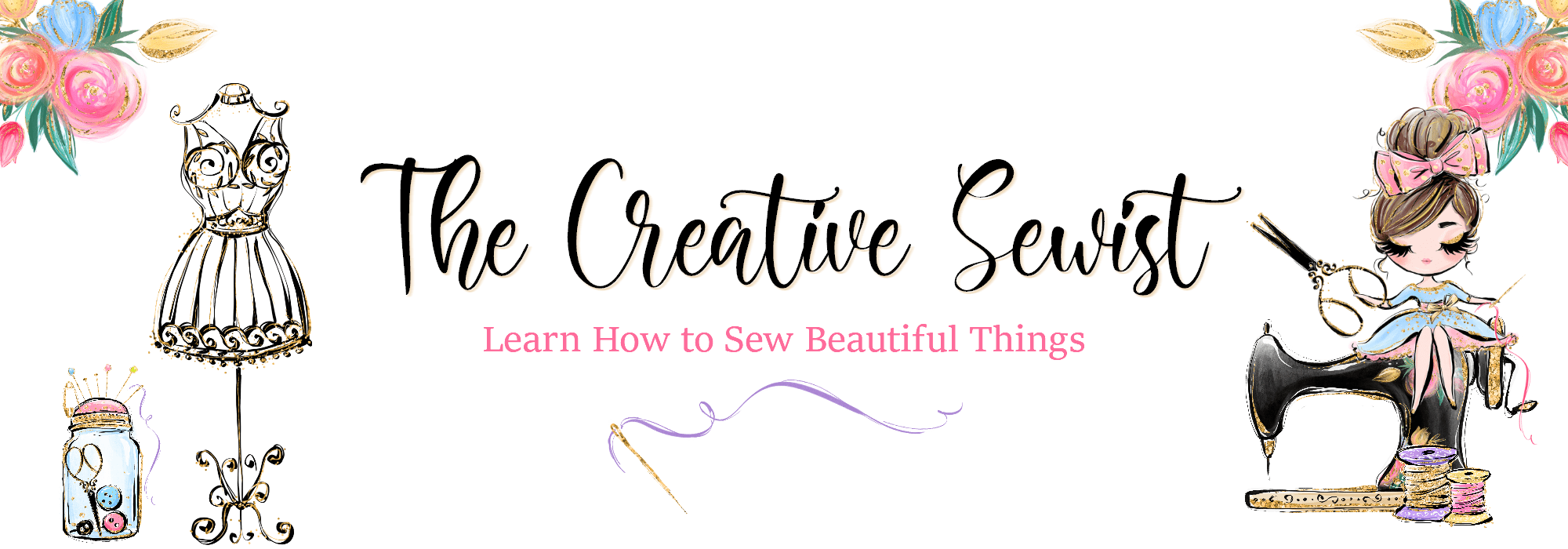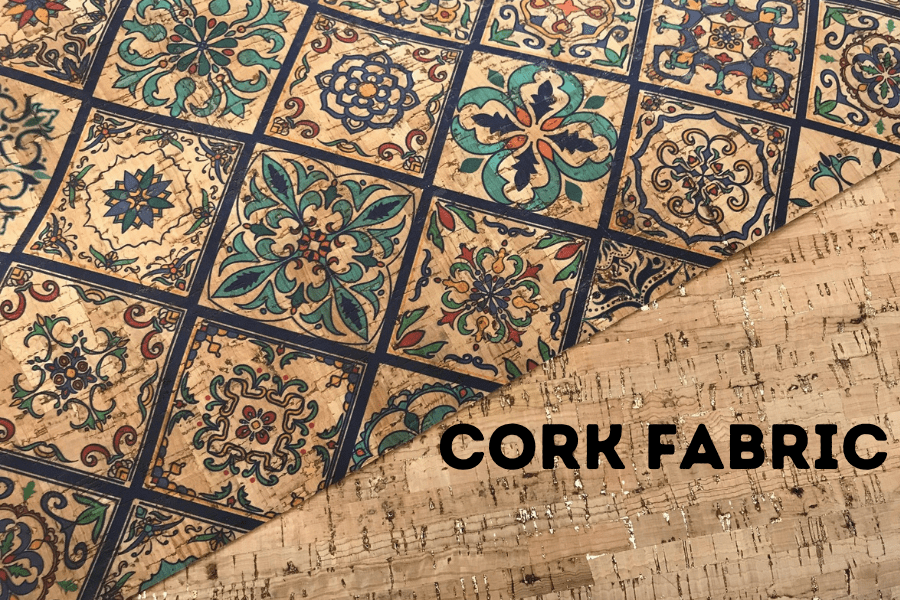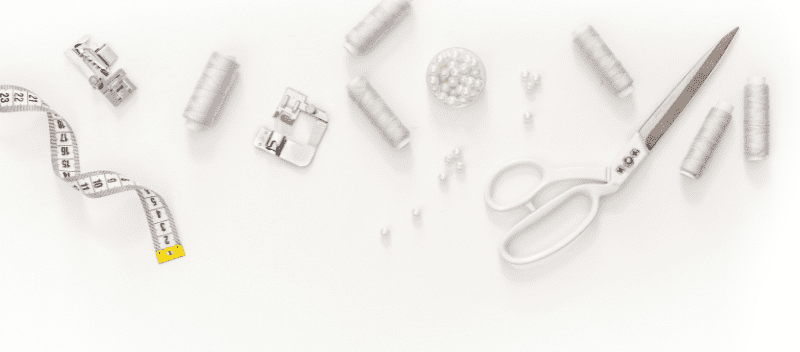Working with challenging color palettes
I recently saw an online discussion of the least appealing colors to use for quilts and creative sewing. It seemed like the answers were as broad as the topic itself, but there seemed to be one cohesive theme. Neutral colors and outdated fabrics seemed to challenge the majority of the responders. A few sewists didn’t like to work with yellows and oranges, and others commented that the bright neon-like fabrics were no fun, and in some instances, painful on the eyes. So, what can you do to combat the color doldrums?
Putting neutrals in their place
If you are forced to use neutrals, try adding a bright accent color(s). This brightens the design and adds life to a neutral surface. Adding a pop of color really goes a long way! I worked on a home décor project for a client who used a neutral color palette in her home. Most of the rooms were a shade of brown with white trim. In the master suite, she chose to accent with a deeply saturated plum color which stood out against the background. The curtains were plum chiffon, the fancy accent pillows where a darker shade of plum with accents of light brown and white. The deep plum throw that she placed on a side chair continued the accent décor and gave the room a professional finish. She later told me that she changes out her accent color according to the season. This keeps the room cohesive, but fresh and allows her to change out her accent colors as needed.
Minimizing the Ugly Duckling
I love a good challenge, but sometimes I encounter a fabric that forces me to consider a new approach to a project. This happens quite often when I work with vintage ties and fabrics. Usually I either love the color and hate the print, or love the print and hate the color. I’m not one to waste fabric, so I have to think of a way to make it work, especially when a client requests it. One trick I have learned is to use the ugly fabric sparingly in my project. This enables me to meet the project requirements and keep the problem child in proportion with the overall project.
Consider the context of your challenge
This past fall, I was designing a seasonal item that required me to use yellows and oranges. On their own, these are not colors I would normally select; so, it took me longer than I expected to select the fabrics and threads. I needed shades of yellow for the flower buds and orange for the pumpkins. It seemed like it took forever to find just the right shades! Once I figured out the embroidery threads, I then needed to select a couple of coordinating yellow and orange fabrics for the piecework. After many hours of debate and searching, I finally settled on 3 fabrics that coordinated beautifully. All 3 fabrics were manufactured by different companies but the blending was incredible. The secret to the winning trio: I selected a goldenrod colored print that had shades of orange and a dark rustic red to anchor the design. Although I only used small amounts of the goldenrod fabric, it anchored the project and quickly became the winning piece to this design. Everyone that saw it, commented on the way that all of the fabrics flowed.
Anytime that you are challenging yourself to work with a new color or pattern, it is important to take your time and adjust the design when something doesn’t work.
CHRISTINE WARREN
Sewing isn’t just my job, it’s my passion. I’ve enjoyed sewing and needle working since I was very young.














